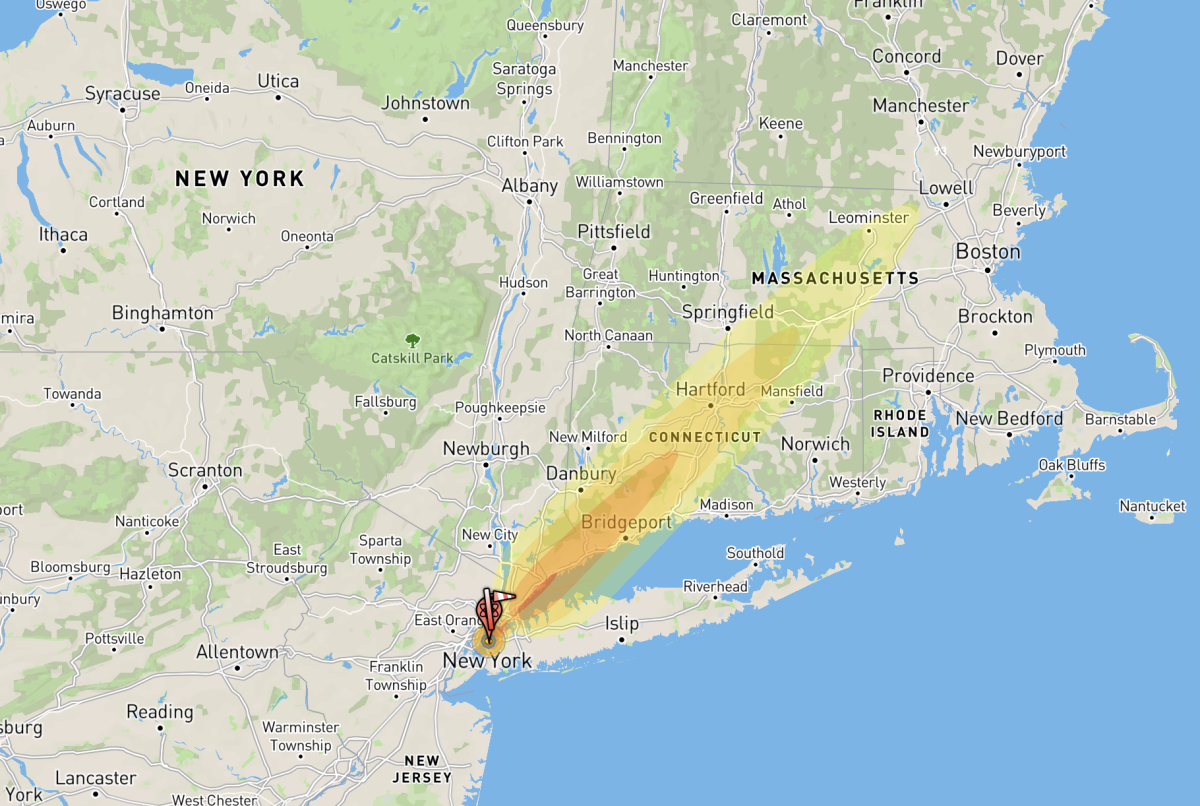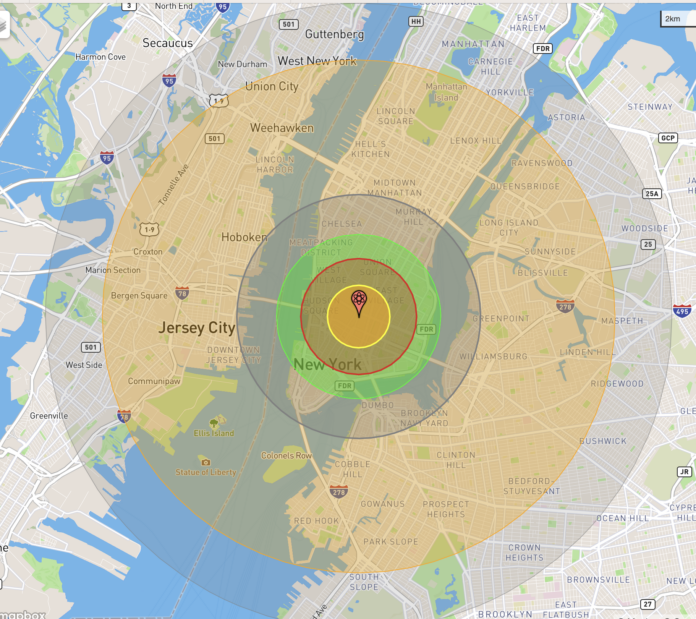A nuclear bomb under development by the administration of President Joe Biden has the potential to unleash a catastrophic wave of death and destruction.
The Department of Defense (DoD) announced last week that it was developing a new variant of the B61 gravity bomb, which was among a series of weapons first produced during the nuclear arms race in the 1960s during the Cold War.
The B61-13 is intended to “strengthen deterrence of adversaries and assurance of allies” by providing Biden “with additional options against certain harder and large-area military targets,” according to the Pentagon news release.
Pentagon officials said that the bomb variant would be capable of an explosive yield similar to an older model, the B61-7. That bomb had a yield equivalent to 360 kilotons of TNT, roughly 24 times the explosive power of the bomb that the U.S. dropped on Hiroshima, Japan, during World War II.
Galerie Bilderwelt
The Hiroshima bomb had an explosive yield of approximately 15 kilotons. Its detonation resulted in an estimated death toll of 70,000 to 140,000, according to The Bulletin of the Atomic Scientists. The subsequent bomb dropped on Nagasaki, a 21-kiloton model, killed an estimated 40,000 to 70,000 more people.
The B61-13 would be far more destructive. A visual representation created using Nukemap, an online tool created by historian of science and nuclear technology Alex Wellerstein, shows that a B61-13 bomb exploding over New York City at maximum yield would completely destroy a significant portion of Manhattan and melt the skin of those miles away from the initial blast.

Map data © OpenStreetMap contributors, CC-BY-SA, Imagery © Mapbox./NUKEMAP/Alex Wellerstein
People and buildings would be vaporized by a fireball within a roughy half-mile radius, while heavy damage would demolish buildings and likely kill everyone else within a mile. Building collapses, fires and widespread fatalities would be seen two miles out, with radiation causing severe burns for several more miles. Additional radiation-related deaths would likely occur in the larger region.
Another visualization of the hypothetical blast shows a radioactive plume extending over New England, as far as northern Massachusetts. The simulation estimates that over 778,000 people would be killed and over 1 million injured by the bomb, demonstrating its ability to wreak havoc on a densely populated area.

Map data © OpenStreetMap contributors, CC-BY-SA, Imagery © Mapbox./NUKEMAP/Alex Wellerstein
The interactive sliding image below shows the blast radius of the B61-13 when compared to the Hiroshima bomb:
The Biden administration has said that the new weapon will not add to the total number of nuclear weapons in the U.S. stockpile, instead replacing some units of another newer model that is currently in production, the B61-12.
At 50 kilotons, the B61-12 has a far smaller yield than its successor, although it added the feature of a tail kit, providing guided navigation and improving the accuracy of the weapon. The same feature is included in the B61-13.
Like other nuclear weapons produced by the U.S. since the end of the Cold War, the B61-13 and B61-12 are both expected to be produced with warheads repurposed from older bombs.
Although the B61-13 has the potential to cause massive destruction, it is far less powerful than the bomb with the largest yield in the current U.S. stockpile, the 1.2- megaton B83-1, which the Biden administration has announced it plans to retire.
The Federation of American Scientists (FAS), a group dedicated to reducing nuclear weapons, called the B61-13 “a political nuclear bomb.”
In a report published just after the announcement of the bomb, the group argued that the development was likely “a political maneuver to finally get rid of the B83-1” and that “the military doesn’t need an additional, more powerful gravity bomb.”
Newsweek reached out for additional comment to FAS via email on Thursday.
Uncommon Knowledge
Newsweek is committed to challenging conventional wisdom and finding connections in the search for common ground.
Newsweek is committed to challenging conventional wisdom and finding connections in the search for common ground.


